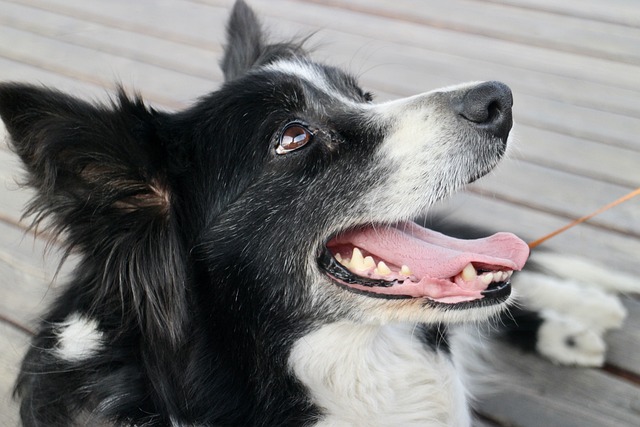
How can I tell if my dog's heatstroke is serious
Let’s be real: It’s a sticky August morning in Los Angeles, and you took your 2-year-old Golden Retriever, Max, for a walk a little later than usual
Trying to trim your large dog’s nails can feel like wrestling a furry tornado. Those powerful paws flail, and that massive tail knocks everything off the table. But with the right approach, you can turn this chaotic chore into a manageable routine that keeps your dog safe—and your furniture intact.
Understanding your dog’s anxiety is the first step. Large breeds often have a natural wariness of anything near their feet, especially sharp objects. For some rescue dogs, nail trims might trigger past traumas. Instead of forcing the issue, take a moment to build trust. Rub their paws gently during playtime for a few days before the trim—your dog will start associating touch with positive attention.
When it comes to actual restraint, safety is non-negotiable. In many areas, animal welfare laws prohibit using painful or restrictive methods that could cause injury. A simple, legal approach is the “hug and lean” technique. Stand behind your dog, wrap one arm around their chest, and use your body weight to gently press them against a wall or sturdy surface. Keep your movements slow and relaxed—dogs mirror our energy, so stay calm even if they squirm.
 If your dog is especially strong-willed, enlist a helper. One person can distract the dog with treats and praise while the other focuses on trimming. This teamwork approach not only makes the process faster but also reduces stress for everyone involved. Just make sure both handlers know local leash laws and proper pet handling guidelines to avoid accidental injuries.
If your dog is especially strong-willed, enlist a helper. One person can distract the dog with treats and praise while the other focuses on trimming. This teamwork approach not only makes the process faster but also reduces stress for everyone involved. Just make sure both handlers know local leash laws and proper pet handling guidelines to avoid accidental injuries.
Investing in the right equipment can be a game-changer. A non-slip mat on the floor gives your dog better traction, reducing their urge to scramble. And consider using a muzzle if your dog has a history of nipping during trims—make sure it’s a breathable, comfortable model approved by animal behaviorists. Remember, using an inappropriate muzzle can violate animal cruelty regulations in some regions.
Break the trimming process into small steps. Clip just one nail, then immediately offer a high-value treat. Gradually work your way around, taking breaks whenever your dog shows signs of distress. This positive reinforcement method aligns with most training guidelines across regions, and it’s far more effective than rushing through the job.
For dogs that remain terrified, consult a professional groomer or vet technician. Many areas offer mobile grooming services that come equipped with specialized handling tools. While it might cost a bit more, ensuring your dog’s well-being should always take precedence. Plus, professionals understand local regulations regarding animal care, giving you peace of mind.
At the end of the day, nail trims are about more than just aesthetics—they protect your dog’s joints and prevent painful overgrowth. With patience, proper restraint, and a dash of creativity, you can transform this daunting task into a bonding experience. After all, nothing beats the feeling of seeing your big, happy pup trotting around with freshly trimmed nails.

Let’s be real: It’s a sticky August morning in Los Angeles, and you took your 2-year-old Golden Retriever, Max, for a walk a little later than usual

You're enjoying a summer afternoon at the park when you notice your dog has stopped panting and appears disoriented - their gums are bright red

Let’s paint the picture: You’re in your Denver apartment, watching your 4-year-old Boston Terrier, Ruby, plop down mid-play session with her favorite toy

Many dog owners notice their pets nails seem shorter after regular walks,but how much does this daily activity actually help?The answer depends on where you walk—concrete sidewalks or asphalt streets gently file nails as a dog's paws hit the ground

Most dog owners notice their pup scooting across the carpet at some point, but few connect it to impacted anal glands. These small sacs near a dog’s rectum secrete a scent for marking territory

Most vets agree that regular dog teeth cleaning is key to avoiding painful dental issues later. For healthy adult dogs, a professional cleaning at the vet’s office every 12 to 18 months usually works well.